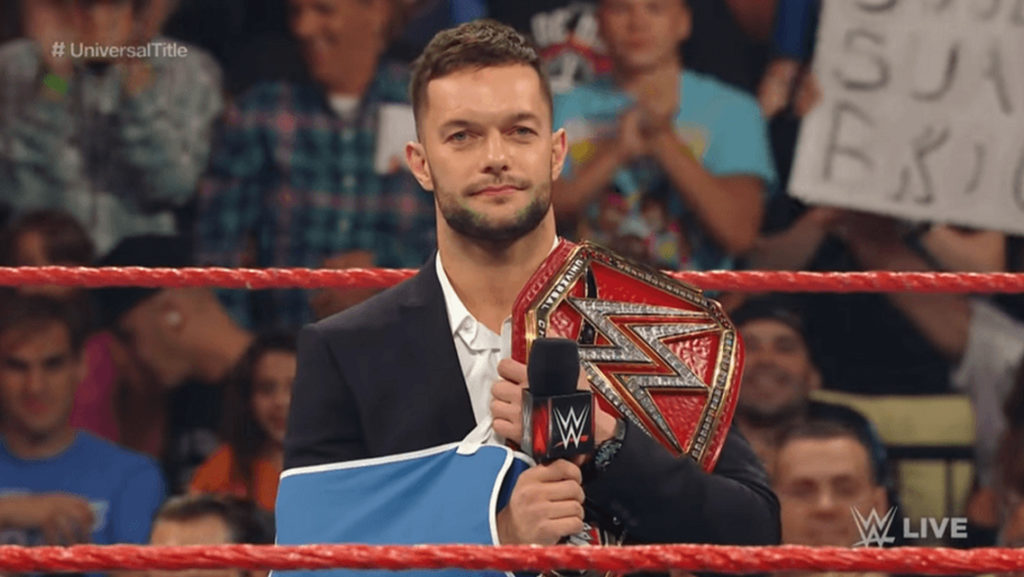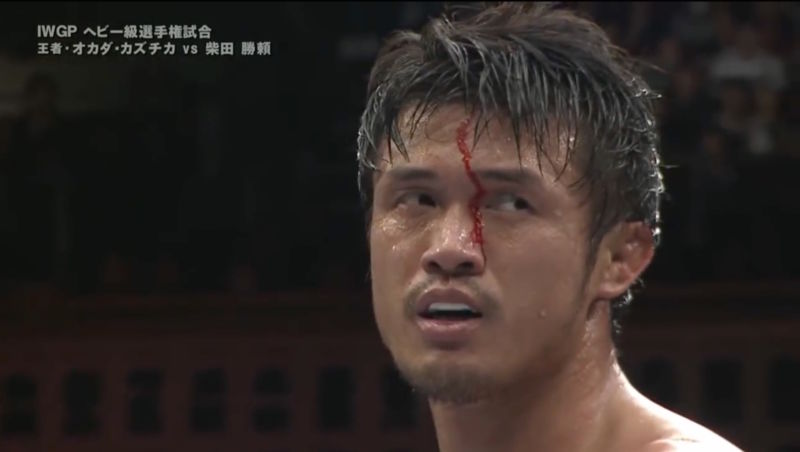WWE Isn’t Safer For Wrestlers

Often times wrestlers, or those around wrestling, cite WWE’s safe work practices as a reason every entertainer ends signing with them. You’ll hear endlessly claims that WWE works safer, works better, and can increase the longevity of every wrestler who chooses to spend their weeks and years under the WWE banner. However even with an army of doctors and medical specialists the WWE doesn’t appear to be much more secure than any other promotion.

There was a tweet recently that compared the singles wrestling matches of the top stars from both NJPW and WWE. Stars like Shinsuke Nakamaura or Samoa Joe routinely fight anywhere from 50 to 80+ where big stars like Roman Reigns can often run over 100 bouts. Meanwhile in NJPW their biggest star and champion Kazuchika Okada only had 18 individual fights in all of 2017. Tetsuya Naito also only saw 18 matches and Kenny Omega only 21, though he also wrestlers for other promotions. This leaves out the many tag matches and group fights NJPW loves to put together, but those can be much less intensive for stars needing to just take a break for awhile.
However to the faithful none of that matters. Sure WWE runs their stars constantly, but their style is safer. NJPW has often touted its “strong style” of wrestling. A hard hitting, oftentimes brutal, style that emphasizes spirit and heart in a match. It’s not about your big finishing move, it’s about withstanding what your opponent has to give and winning. A glance at any strong style match will elicit groans and grimaces but when properly practiced few wrestlers actually hurt themselves with strong style. Wrestlers walk away with bruises and cuts, but they aren’t receiving real injuries (usually).

A glance at another list, this time put together by Reddit user PolishMusic, reveals the extent of WWE’s current injuries. Some of these are just apart of doing business, apart of wrestling. And this doesn’t prove that NJPW is somehow a work safety bastion where wrestlers walk around injury free either. What it reveals is that wrestling is a risky business, and that no matter where or when you’re wrestling, injuries will happen. WWE is not an inherently safer business. They work their performers more, guarantee nothing, and don’t provide medical insurance.
No company will be completely safe to work in when it comes to wrestling. However among all the bigger names, the WWE has the greatest chance to make it safer. They alone can change the business for the better once and for all, making themselves the safe place for hundreds of wrestlers to retire to. Instead they allow the myth of their safestyle grow while the list of injured wrestlers grows too.

